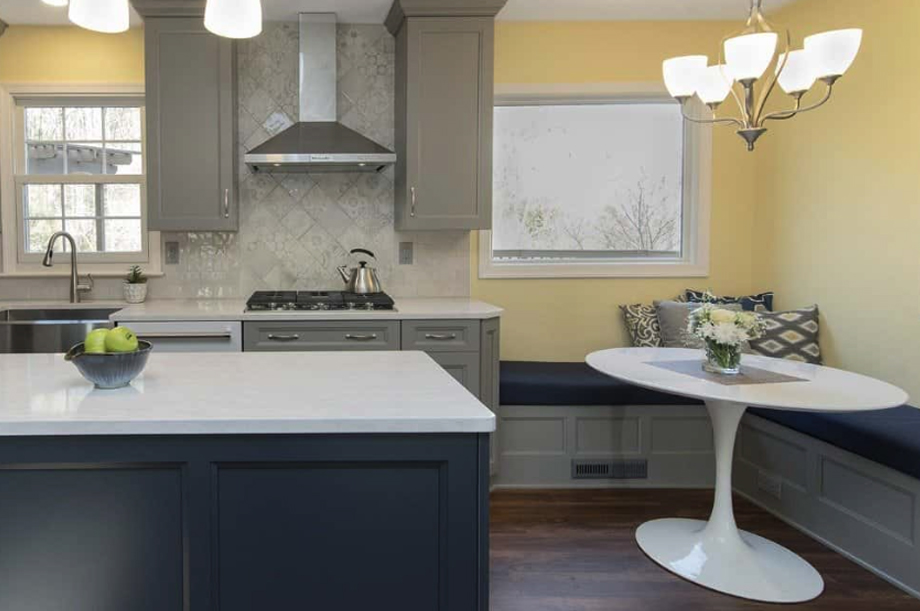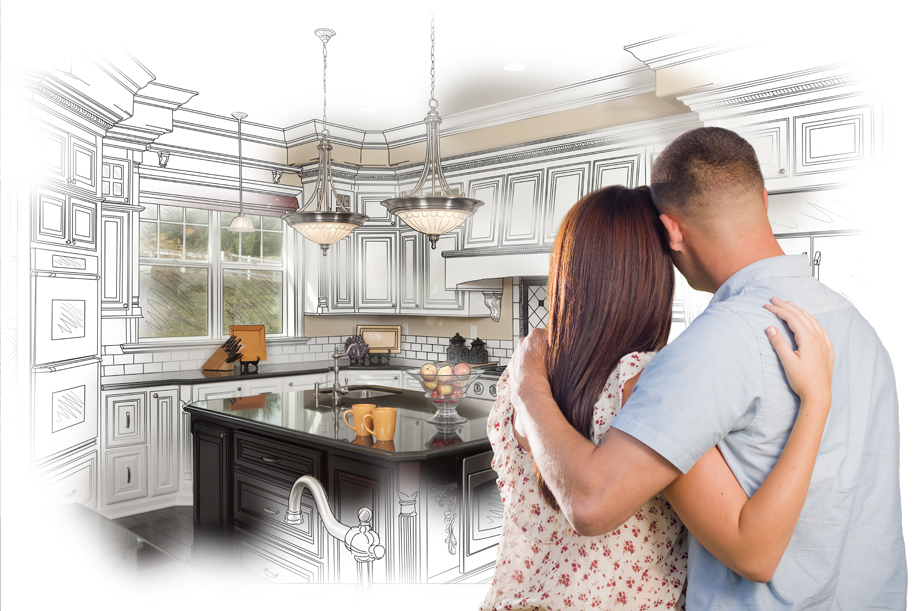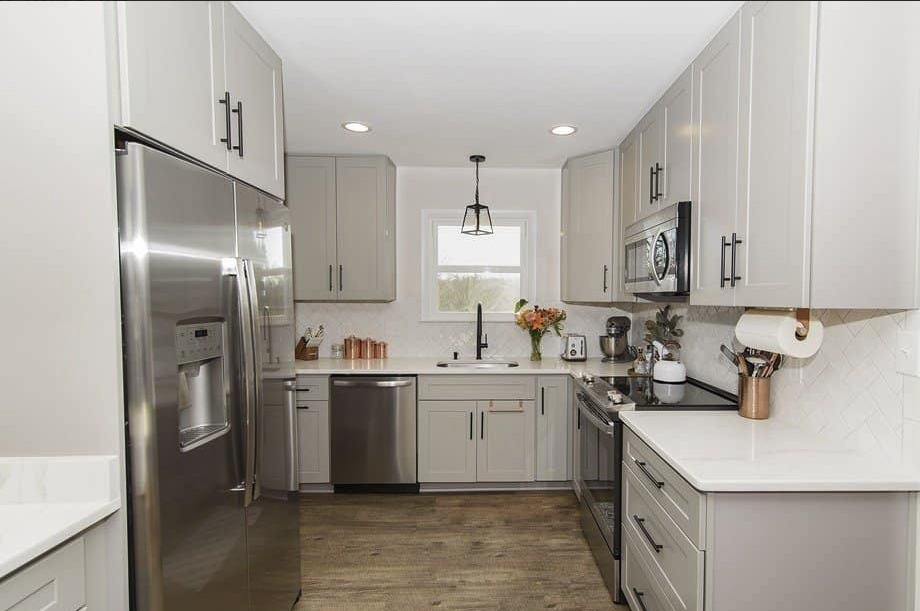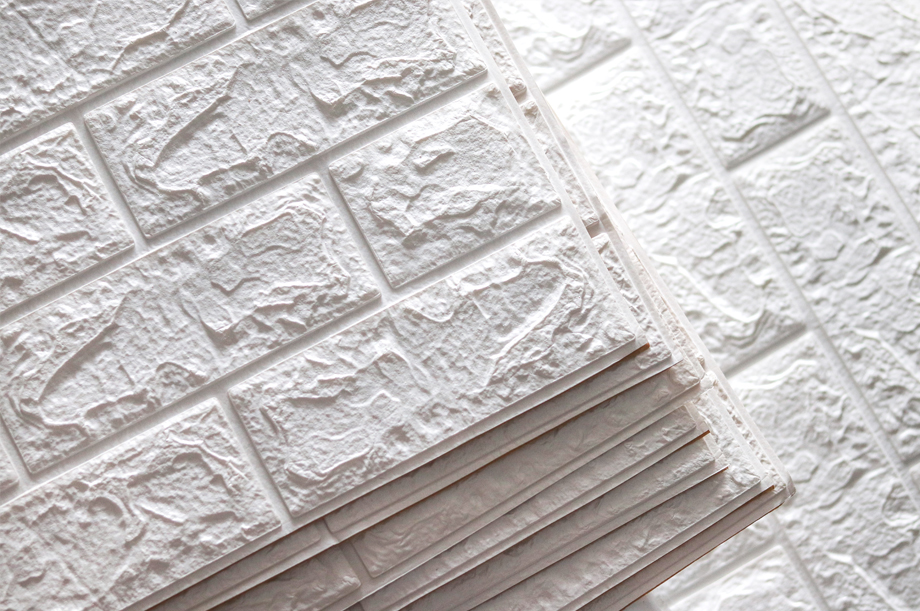Your design tastes are likely to change over time. Perhaps the kitchen you designed 10 years ago no longer fits your aesthetic, or maybe you bought a house that didn’t fully match your taste. Transitioning to a new kitchen style may feel like a challenge because you have to balance the old and new styles during the switch. These tips will help you seamlessly shift from one style to the next.
Identify the Style You Want to Transition to
In order to create a game plan for your kitchen design transition, you need to know what the end goal is. Your current kitchen is Point A. Your new kitchen is Point B. You cannot form a path between the two unless you know what the destination is.
You may already have a design you love, or you may be watching kitchen trends to see what’s coming up in the design world. For example, farmhouse kitchens were once a hot commodity, but they are starting to fade in popularity. Many homeowners like transitional kitchen designs that combine elements from several different styles.
Think about what you want your future kitchen to look like, and you can start planning the changes you need to make.
Consider What You Can Keep from Your Current Kitchen
Some elements from your current kitchen may fit into your new design. If you have mostly neutral elements, you may only need to change the accent pieces. Are your cabinets in great shape? If so, swap out the door fronts or change the color to shift design. You may be able to keep your appliances, flooring, countertops, or any number of features to save money on your current kitchen.
Identify what works and what doesn’t, and then prioritize what needs to change over time.
Create a Staged Kitchen Remodeling Plan When Possible
Once you know the design you’re trying to achieve and the elements you’re willing to keep, you can establish a staged kitchen remodeling plan. Several factors will impact how this plan comes to life, including budget and installation requirements. You wouldn’t want to replace the countertops first if you plan on replacing the cabinets in the future because the new counters may not match the new cabinets.
You may start with the big ticket items like counters and cabinets, then work your way to the backsplash, hardware, and smaller features. If you’re keeping some of those larger items, you may prioritize the changes that will make the biggest impact right away. Think about how each change will look in the old and new kitchen designs. Try to maintain balance at every phase.
Use Neutral Elements That Will Transition Well in the Future
Even if you get a completely custom kitchen design, chances are you won’t like it forever. Try to use neutral colors and materials that will transition well to future designs. This can save you time and money in the future, and it could help your home sell if you need to move. The more adaptive a kitchen design is, the more appealing it will be for buyers.
Get a Professional Kitchen Design Plan from O’Hanlon Kitchens
O’Hanlon Kitchens offers phased kitchen design planning. We can lay out the perfect remodeling plan for your current and future goals. Take advantage of our direct replacement program, where we replace your cabinets and countertops based on your current kitchen layout. This is the perfect option for people looking to upgrade the look of their kitchen without changing any of the functional components.
If you want a full-gut kitchen remodel, we can do that as well. We offer kitchen remodeling services in Maryland and Pennsylvania. Call 443-285-0558 to schedule a kitchen remodeling estimate and learn more about our services.







